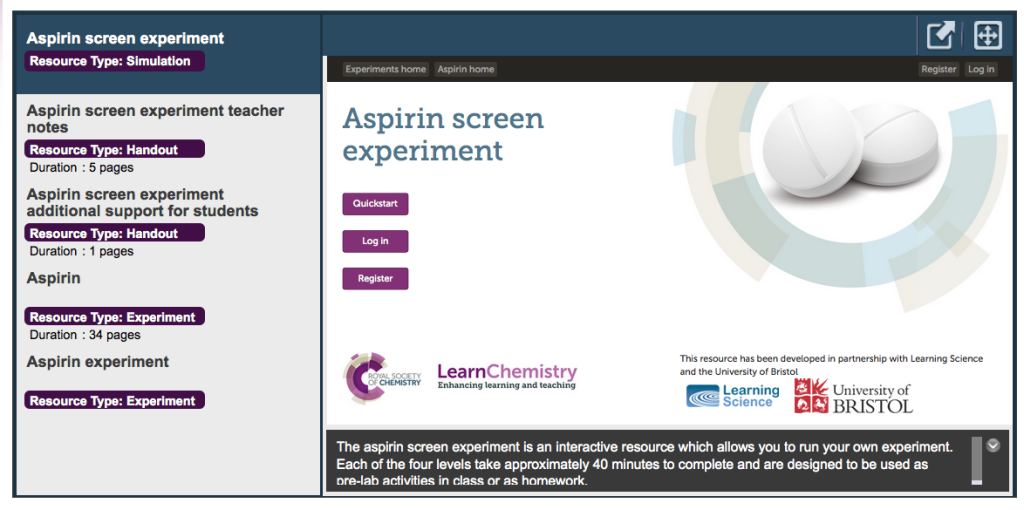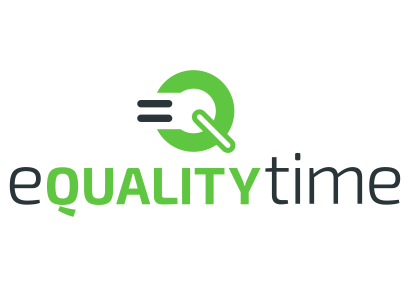The Royal Society of Chemistry have just put up a disability-focused report I wrote for them. The report was interesting to research and write, and the team were smart and fun to work with. I’d like to use this post to show some good practice things that the RSC did that I’d like other large bodies or companies to start doing.
The framing
The RSC was an interesting client. They’d carried out various accessibility audits on their web platform before, and had the usual responses.
However the team knew that their (extremely extensive) educational material might be excluding some students and they made the especially interesting point that they’d like to focus their educational efforts on those students that may be excluded from classroom experiments. The RSC weren’t thinking about how to make just their site accessible for anybody, they where thinking about how to make chemistry accessible, and that matters.

The brief
This approach moves us well beyond the normal accessibility audit territory. The report clearly needed to be in two parts – the first was examining practical chemistry education in the UK to see which students where missing out on practical experiments.
This was a fascinating parts and there was a great set of examples of disability being defined by context. From this simple premise, open questions tumble out. Which disabilities require the most support with practical chemistry, and which ones have dramatically different support needs from their written work? How much does this influence choice of subjects at A-level and beyond?
(as it happens most of the data on disability in education is swamped by Dyslexia and similar labels. Trying to locate, say, physical disabilities in most disability data is hard, but that’s a story for another post.)
The second part was another place where the RSCs adaptability shone though. Like everybody else they had limited money and they wanted to make sure that it was spent most effectively. After some careful design meetings we worked out that the best approach was to make a ‘access benefit assessment’ for their site.
The point of the assessment is to replicate a traditional risk assessment of the type that any organisation carries out. I found about 10 or 20 issues with the RSC web presence and for each one I gave a showed why it was a problem, and gave a rought number of users that would have a problem (For example, I might quote the number of visually impaired schoolchildren currently sitting GCSEs) and, crucially, how much of a problem it would be. The RSC could then take that report to their technical team and ask them to work out how much each one would cost to fix. When you know how many people are affected, how badly they are affected, and how much it costs to fix, it’s very easy to know how to spend your budget.
